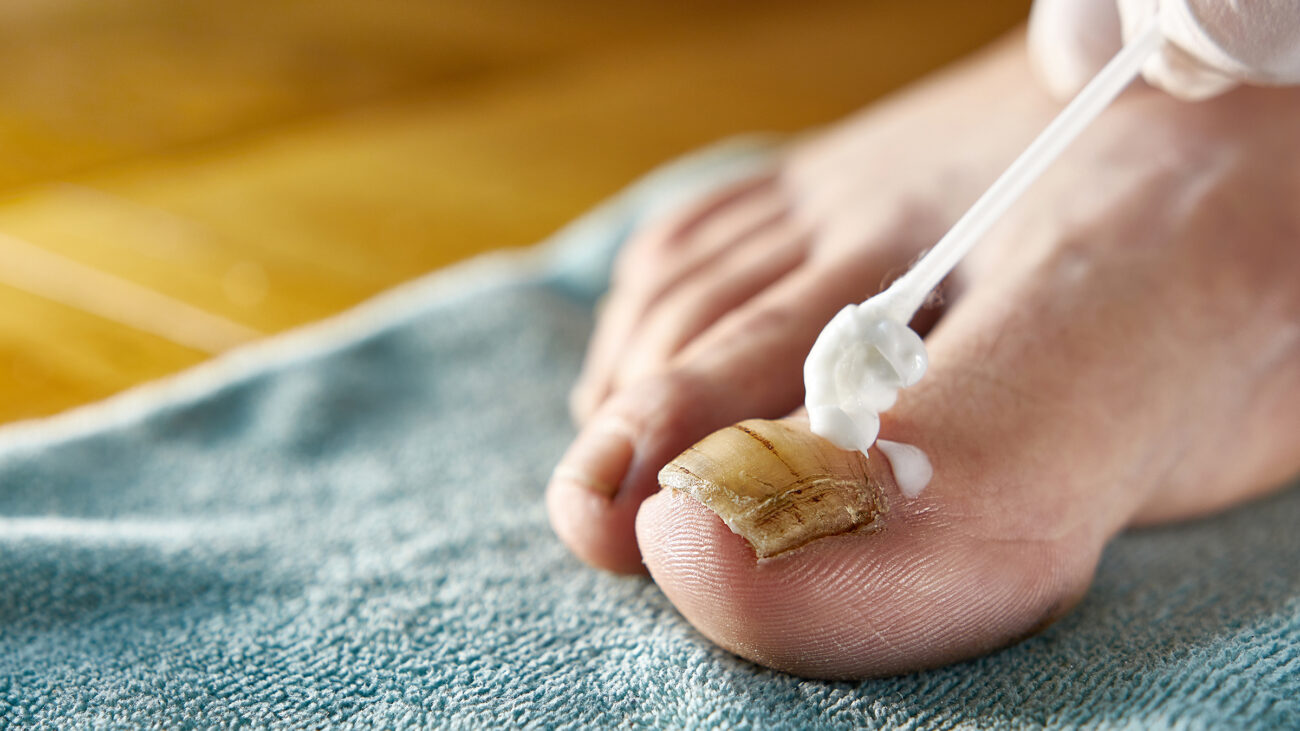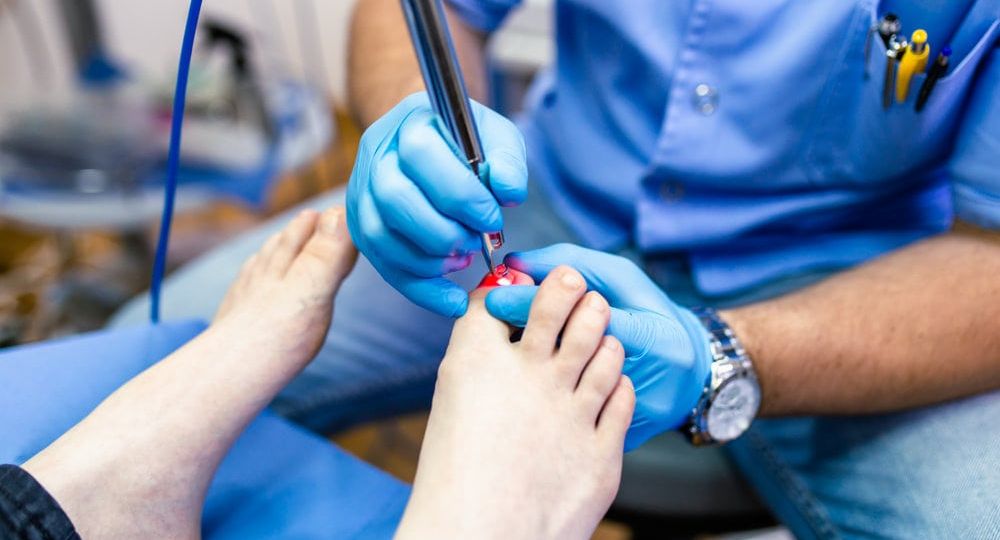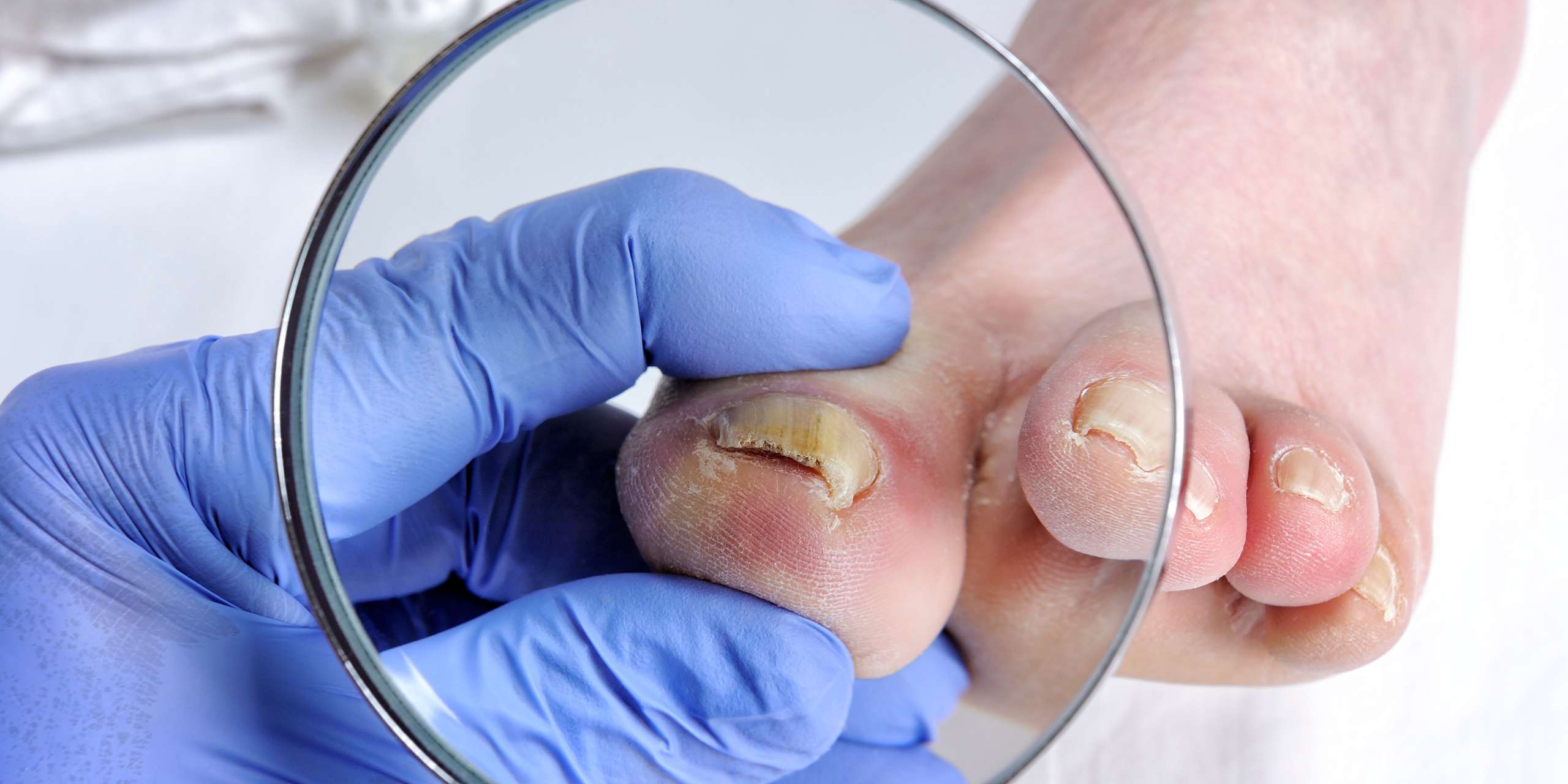Introduction
Nail fungus, medically known as onychomycosis, is a common condition that affects millions of people worldwide. It causes nails to become discolored, thickened, brittle, and sometimes painful. While nail fungus is not life-threatening, it can be difficult to treat and may lead to discomfort and embarrassment. If left untreated, the infection can spread to other nails or surrounding skin, leading to further complications. In this comprehensive guide, we will explore the causes, symptoms, and various treatment options available for nail fungus, including home remedies, over-the-counter treatments, and medical interventions.
Understanding Nail Fungus: Causes and Symptoms
Nail fungus is caused by fungal organisms, primarily dermatophytes, but yeasts and molds can also be responsible. The infection typically begins as a white or yellow spot under the tip of the nail and gradually spreads deeper, causing further discoloration, thickening, and crumbling.
Common Causes of Nail Fungus
- Moisture and Humidity – Fungi thrive in warm, damp environments, making sweaty feet or wet socks a breeding ground.
- Poor Foot Hygiene – Not keeping nails clean and dry can encourage fungal growth.
- Weakened Immune System – People with diabetes, circulatory disorders, or weakened immune systems are more susceptible.
- Direct Contact with Infected Surfaces – Public swimming pools, locker rooms, and shared nail clippers can spread the fungus.
- Wearing Tight Shoes – Poorly ventilated shoes create the perfect environment for fungal growth.
- Previous Nail Injuries – Cracked or injured nails are more vulnerable to infections.
Symptoms of Nail Fungus
- Yellow, white, or brown discoloration of the nail
- Thickened and brittle nail texture
- Crumbling or ragged edges
- Nail separating from the nail bed
- Foul odor emanating from the affected nails
- Pain or discomfort in severe cases

Home Remedies for Nail Fungus
For mild to moderate cases of nail fungus, natural remedies can be effective. Here are some of the most commonly used home treatments:
1. Tea Tree Oil
Tea tree oil has antifungal properties that can help combat nail fungus. Apply a few drops of diluted tea tree oil to the affected nail twice daily for visible results over time.
2. Apple Cider Vinegar Soak
Apple cider vinegar has antifungal and antibacterial properties. Mix equal parts water and apple cider vinegar and soak your nails for 20 minutes daily.
3. Baking Soda
Baking soda can absorb moisture and create an inhospitable environment for fungal growth. Make a paste with water and apply it to the nails for a few minutes before rinsing.
4. Coconut Oil
Coconut oil contains lauric acid, which has antifungal effects. Apply a thin layer of coconut oil to the affected nails daily.
5. Garlic Extract
Garlic has natural antifungal properties. Crush fresh garlic and mix it with a carrier oil before applying it to the nails.
Over-the-Counter Treatments for Nail Fungus
For cases that do not respond well to home remedies, over-the-counter treatments may be necessary. Some common options include:
1. Antifungal Nail Creams and Ointments
Topical creams like clotrimazole and terbinafine can be applied directly to the infected nail.
2. Medicated Nail Lacquers
Ciclopirox (Penlac) and amorolfine are prescription-strength nail lacquers that can help treat fungal infections when applied regularly.
3. Antifungal Sprays and Powders
Using antifungal sprays or powders inside shoes can prevent reinfection and keep feet dry.

Medical Treatments for Severe Nail Fungus
If home and over-the-counter treatments do not provide relief, medical intervention may be required. Here are the most effective treatments for persistent nail fungus:
1. Oral Antifungal Medications
- Terbinafine (Lamisil) – One of the most effective oral medications, taken daily for 6 to 12 weeks.
- Itraconazole (Sporanox) – Helps new, healthy nails grow and gradually replaces infected nails.
- Fluconazole (Diflucan) – Used in some cases, but requires long-term treatment.
2. Laser Therapy
Laser treatment for nail fungus uses concentrated light to destroy fungal infections. While expensive, it has shown promising results with fewer side effects than oral medications.
3. Surgical Nail Removal
In severe cases, the infected nail may need to be removed surgically. A new nail will typically grow back over time, but this approach is reserved for chronic infections.
Preventing Nail Fungus Recurrence
Once the fungus is treated, preventing reinfection is crucial. Here are some preventive measures:
- Keep Feet Dry and Clean – Wash and dry your feet thoroughly, especially between the toes.
- Wear Breathable Footwear – Opt for moisture-wicking socks and ventilated shoes.
- Avoid Walking Barefoot in Public Areas – Wear flip-flops in locker rooms and pool areas.
- Disinfect Nail Tools – Regularly clean nail clippers, files, and other tools.
- Use Antifungal Sprays or Powders – Keep feet dry and prevent fungal growth.
- Trim Nails Properly – Keep nails short and straight to minimize the risk of infection.
When to See a Doctor
If the infection does not improve with home treatments or worsens over time, consult a healthcare provider. Seek medical attention if you experience:
- Severe pain or discomfort
- Significant nail discoloration or deformation
- Signs of spreading infection (redness, swelling, pus)
- Fungal infections alongside diabetes or a weakened immune system
Conclusion
Nail fungus can be persistent, but with the right treatment and preventive measures, you can restore the health and appearance of your nails. Whether using home remedies, over-the-counter solutions, or medical treatments, addressing the infection early increases the chances of success. Maintaining good foot hygiene and adopting preventive practices can help keep nail fungus at bay, ensuring strong and healthy nails for years to come.












